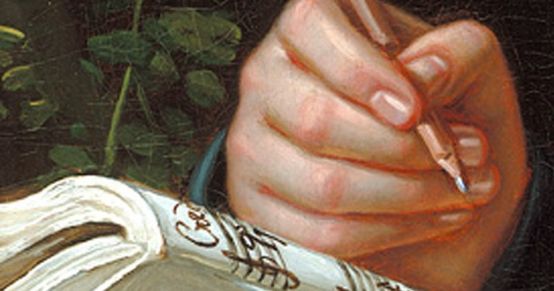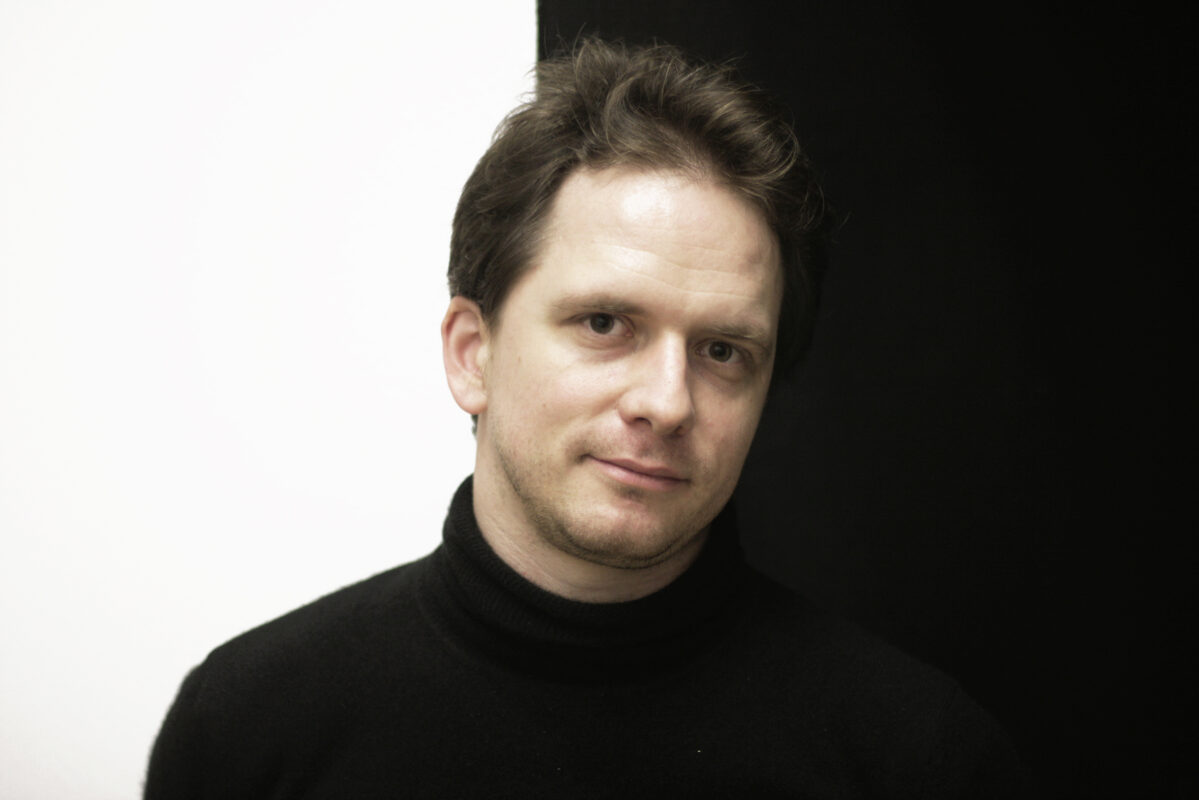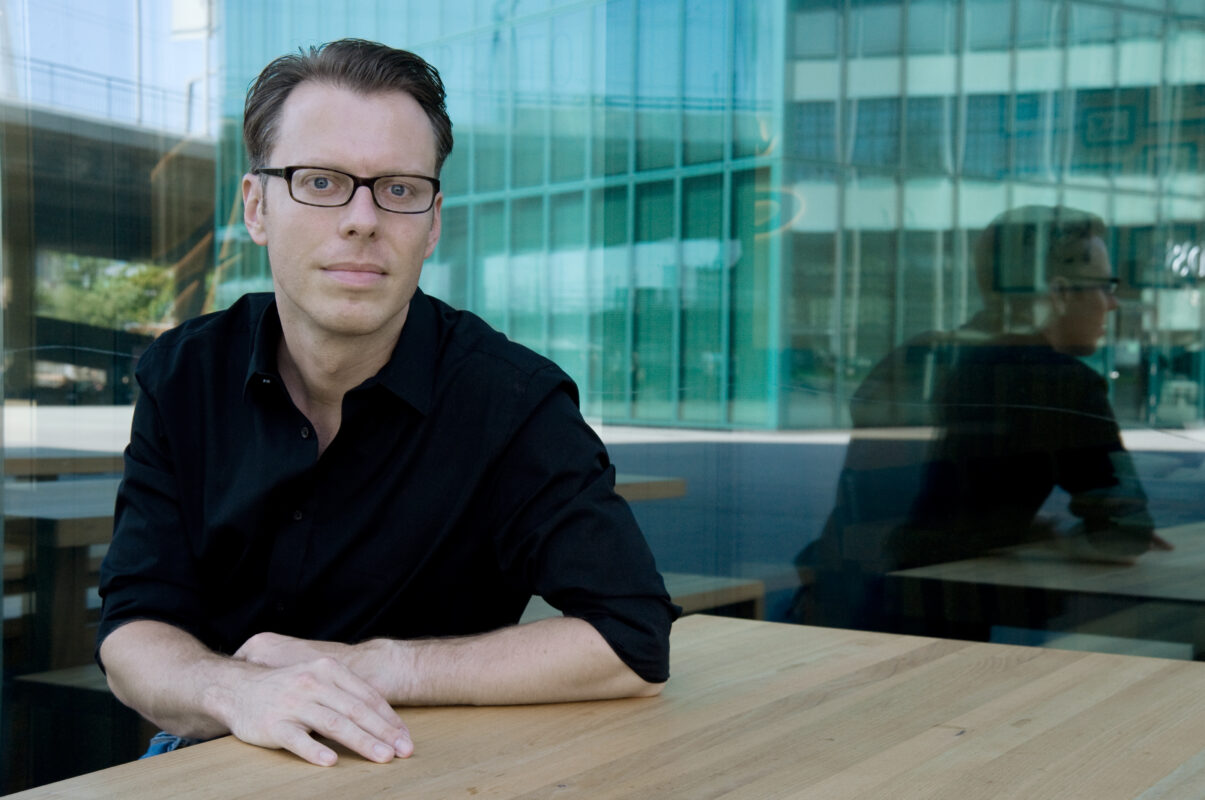Concerto for piano and orchestra No. 4
Every Friday, Beethoven is here. To mark the 250th anniversary of Beethoven's birth, each week Swiss Music Review takes a look at a different work from his catalog. Today, it's the Concerto for piano and orchestra in G major.

"...dedicated with my deepest respect." The dedication of the Fourth Piano Concerto in G major, Op. 58, marks the beginning of a great friendship, both musical and human, between Beethoven and the young Archduke Rudolph of Austria (1788-1831). Beethoven taught him piano and composition until 1824. In return, on March 1, 1809, the Archduke agreed to pay Beethoven an annuity for life, shared with Princes Lobkowitz and Kinsky. So it's no coincidence that the Archduke was one of the first people to whom Beethoven dedicated works: not only his Fourth Piano Concerto, composed between 1805 and 1806, but also the Fifth Piano Concerto in E-flat major op. 73, the Sonata Les Adieux op. 81a, the piano reduction of the opera Fideliothe Violin Sonata in G major, Op. 96, the Piano Trio in B flat major, Op. 97 (also called Archduke Trio), the Piano Sonatas op. 106 and 111, the Missa Solemnis op. 123 and finally the Grande fugue op. 133 for string quartet.
The work itself has several distinctive features. In the first movement, contrary to tradition, the piano launches the main theme before the orchestra enters. The andante, written in recitative form and full of contrasts, led Robert Schumann to say that he heard Orpheus appeasing the furies with his lyre in order to find Eurydice. At the Concerto's premiere on December 22, 1808, Beethoven himself was at the piano, literally "making his instrument sing with a deep sense of melancholy flowing through me" - in the words of Johann Friedrich Reichardt. Although the entries and cadenzas Beethoven devised for Archduke Rudolph around 1808 - 1809 have been known since 1865, the special role played by the piano in this concerto has challenged several pianist-composers to write their own cadenzas. Among them, in alphabetical order, Eugen d'Albert, Johannes Brahms, Hans von Bülow, Ferruccio Busoni, Nikolai Medtner, Ignaz Moscheles, Anton Rubinstein, Clara Schumann and Camille Saint-Saëns.
Aufnahme auf idagio
Keeping in touch
A weekly newsletter reveals the latest column on line. You can subscribe by entering your e-mail address below, or by subscribing to our RSS feed.








